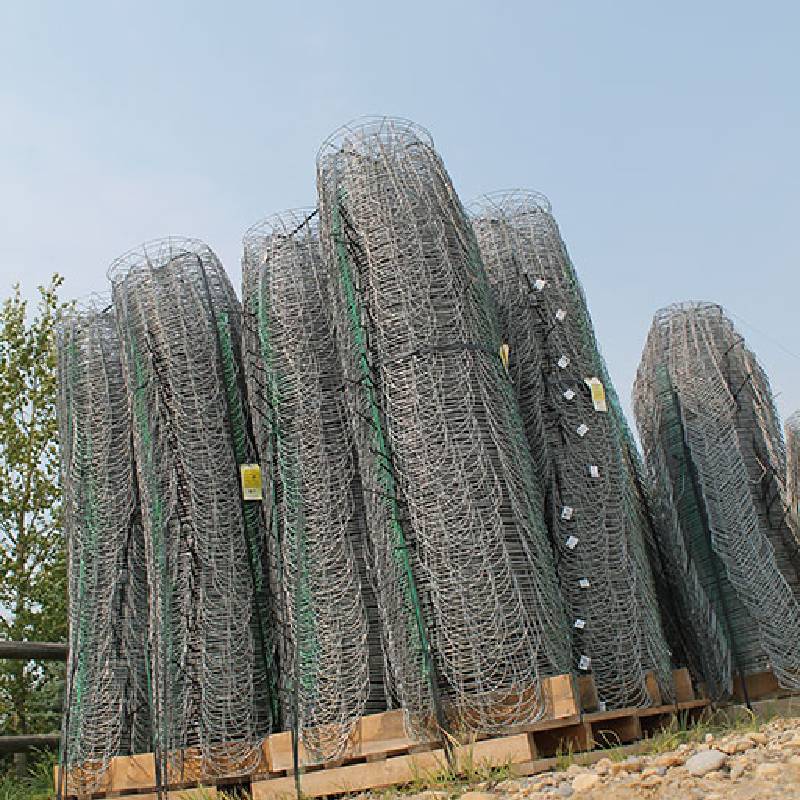
- Mobile Phone
- +8613931874955
- sales@cntcmetal.com
metric extension springs
The Role of Metric Extension Springs in Modern Applications
Metric extension springs play a vital role in various industries, thanks to their versatility and efficiency in absorbing and storing energy. These springs are designed to resist stretching forces and are essential components in many mechanical systems. Unlike compression springs, which work by being compressed, extension springs are subjected to pulling forces and return to their original shape when the force is released.
One of the primary characteristics of metric extension springs is their ability to provide consistent tension. This makes them ideal for applications where precise force is needed. For instance, in automotive engineering, these springs are used in seat mechanisms, trunk closures, and hoods, ensuring smooth operation and reliability. Their consistent performance is crucial for safety and user comfort.
Another important application of metric extension springs is in the manufacturing sector. They are commonly found in assembly lines, where they help to maintain the tension required for tools and fixtures. By ensuring that machinery operates smoothly, these springs contribute significantly to efficiency and productivity in factories. The use of metric sizes also standardizes components, making it easier for manufacturers to source parts from various suppliers without compatibility issues.
metric extension springs

Moreover, in the field of consumer products, you can find metric extension springs in items such as toys, exercise equipment, and even kitchen appliances. In these cases, they are essential for enhancing functionality—allowing for movements, closures, and dynamic adjustments that improve user experience. For example, in fitness equipment, they provide resistance and aid in various exercises, catering to diverse fitness needs.
The ability to customize these springs further expands their application range. Manufacturers can tailor the wire diameter, coil diameter, and the number of coils to meet specific load requirements. This customization ensures that businesses can address unique challenges in their operations, resulting in innovative solutions.
In conclusion, metric extension springs are indispensable in a multitude of fields. Their design capabilities and reliability make them crucial for both simple and complex mechanisms. As industries continue to evolve, the demand for high-quality extension springs will likely increase, underscoring their importance in engineering and manufacturing. Embracing innovations in material science and production techniques will further enhance the performance and application of metric extension springs, ensuring they remain a key element in mechanical design for years to come.
share:
-
Understanding Wall Ties: Types and ImportanceNewsApr.28,2025
-
Top Products for Your Yard and Signage NeedsNewsApr.28,2025
-
The World of SpringsNewsApr.28,2025
-
Masonry Accessories: Essential for Building Strong FoundationsNewsApr.28,2025
-
Fencing Solutions for Every NeedNewsApr.28,2025
-
A Comprehensive Guide to Iron Wire for Your Construction NeedsNewsApr.28,2025
-
The Versatility of Wire Tension SpringsNewsApr.16,2025



















